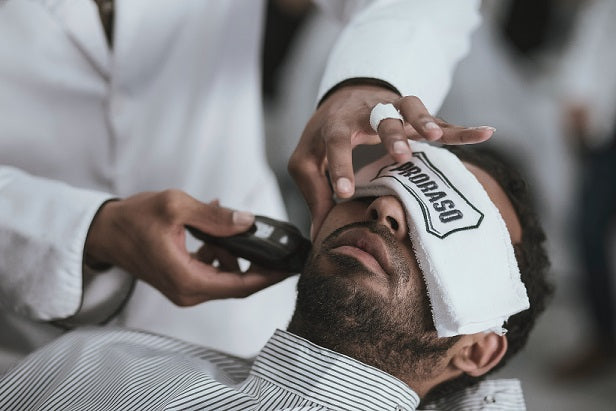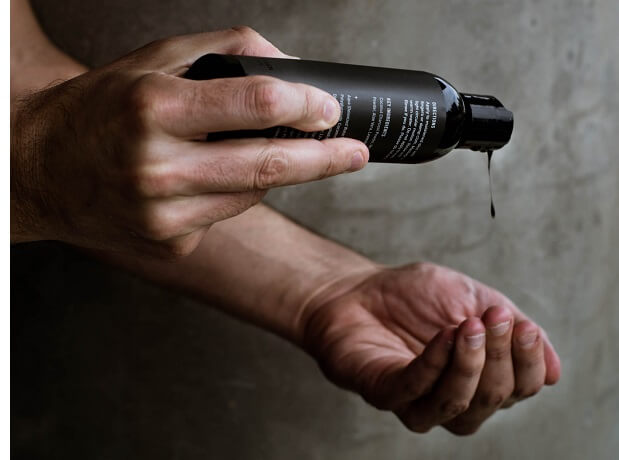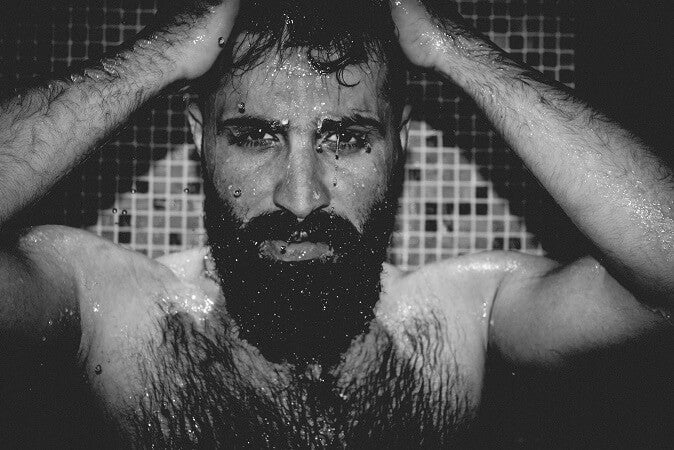Master the Art of Chest Manscaping for a Smooth and Polished Look

In today's grooming landscape, maintaining a well-groomed and polished appearance has become a top priority for many men. One area that often garners significant attention is the chest region. While some embrace a natural, rugged look, others prefer a smoother, more refined aesthetic. Mastering the art of chest manscaping can provide a newfound sense of confidence and elevate your overall grooming routine.
The Benefits of Chest Manscaping
Before we dive into the techniques and tips, let's explore the advantages of embracing manscaping your chest:- Improved Aesthetic Appeal: A well-groomed chest can enhance your overall appearance, making you look and feel more polished.
- Increased Confidence: Eliminating unwanted chest hair can boost your self-assurance and help you feel more comfortable in various social and professional settings.
- Better Hygiene: Regularly groomed chest hair reduces the accumulation of sweat, odor, and bacteria, promoting better hygiene and cleanliness.
- Comfort: Excess chest hair can cause irritation, itching, and discomfort, especially during warmer months or when engaging in physical activities.
Preparing for Chest Manscaping
Before embarking on your chest manscaping journey, it's essential to gather the necessary tools and products. Here's what you'll need:- A sharp, high-quality razor or trimmer (electric or manual)
- Shaving cream, gel, or oil (designed for sensitive skin)
- A clean, soft towel
- Aftershave or moisturizer (to soothe the skin and prevent irritation)
- Tweezers (for plucking stray hairs)
Choosing the Right Grooming Method
When it comes to chest hair grooming, you have several options to choose from:- Trimming: Using an electric trimmer or scissors, you can trim the chest hair to a desired length, creating a neat and tidy appearance without completely removing the hair.
- Shaving: For a smooth, hair-free chest, shaving is the way to go. This method requires careful attention and a gentle touch to avoid nicks, cuts, and irritation.
- Waxing: If you prefer longer-lasting results, waxing can remove chest hair from the roots. However, this method can be painful and should be performed by a professional.
Step-by-Step Guide to Chest Manscaping
Trimming Your Chest Hair
If you prefer to maintain a bit of chest hair, trimming is an excellent option. Follow these steps:- Take a warm shower or apply a warm compress to soften the hair and open the pores.
- Use a high-quality trimmer with adjustable guard lengths to achieve your desired hair length.
- Start trimming in the direction of hair growth, then go against the grain for a closer trim.
- Carefully trim around the nipples and contours of your chest for a neat finish.
- Rinse away any loose hair and apply a moisturizer to soothe the skin.
Shaving Your Chest Hair
For a smooth, hair-free chest, shaving is the way to go. Here's how to do it:- Take a warm shower or apply a warm compress to prepare the skin and soften the hair.
- Apply a generous amount of shaving cream, gel, or oil to the chest area.
- Use a sharp, high-quality razor and shave in the direction of hair growth, using short, gentle strokes.
- Rinse the razor frequently to prevent clogging and irritation.
- Once you've shaved in the direction of hair growth, you can go against the grain for a closer shave (optional).
- Rinse away any remaining shaving cream and loose hair.
- Apply an aftershave or moisturizer to soothe the skin and prevent irritation.
Waxing Your Chest Hair
If you prefer longer-lasting results, waxing can be an effective solution. However, it's recommended to have this done by a professional to minimize discomfort and ensure proper technique.Maintenance and Aftercare
Regardless of your chosen grooming method, proper maintenance and aftercare are crucial to ensure long-lasting results and prevent skin irritation.- Exfoliate: Regularly exfoliating your chest can remove dead skin cells and ingrown hairs, promoting smoother skin and preventing future irritation.
- Moisturize: Apply a gentle, fragrance-free moisturizer to keep your skin hydrated and prevent dryness and itching.
- Avoid tight clothing: Wear loose, breathable fabrics to reduce friction and irritation on your freshly groomed chest.
- Sun protection: Use sunscreen when exposing your chest to the sun, as freshly groomed skin can be more susceptible to sunburn.
Body Hair Grooming Products for a Flawless Finish
To achieve the best results, it's essential to invest in high-quality body hair grooming products designed specifically for men's grooming needs. Look for products that are gentle on the skin, provide a close and comfortable shave, and leave your skin feeling smooth and refreshed. Explore our extensive collection of manscaping products, including trimmers, razors, shaving creams, and aftershave balms, to elevate your grooming routine and achieve the polished look you desire.
Embrace Your Newfound Confidence




